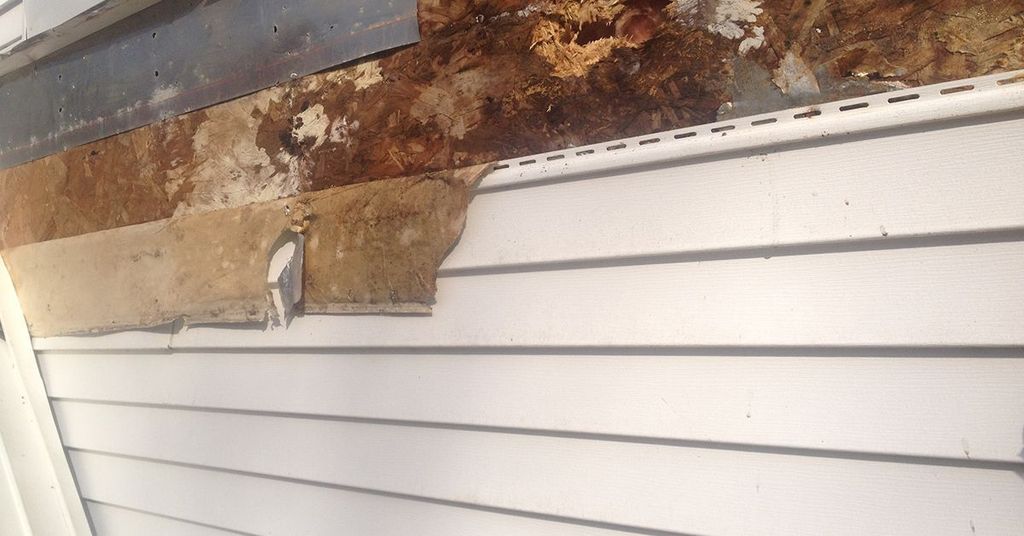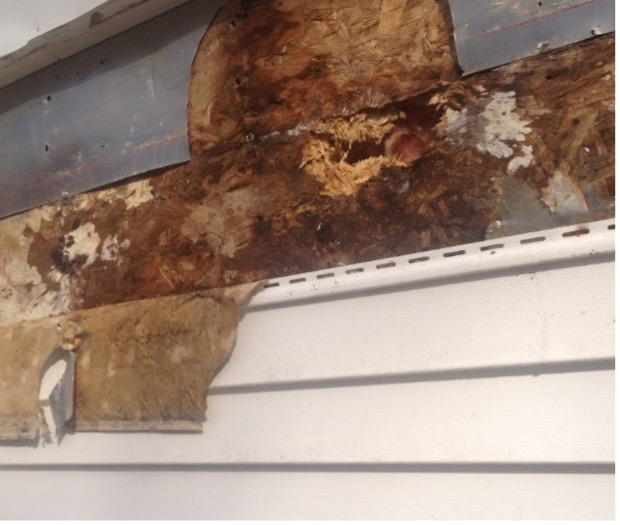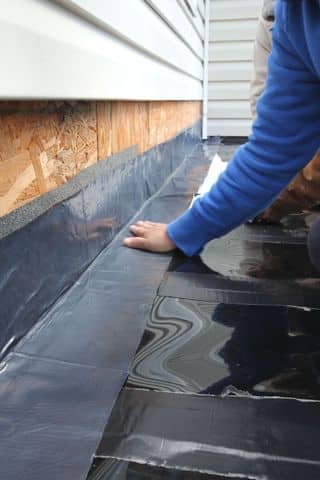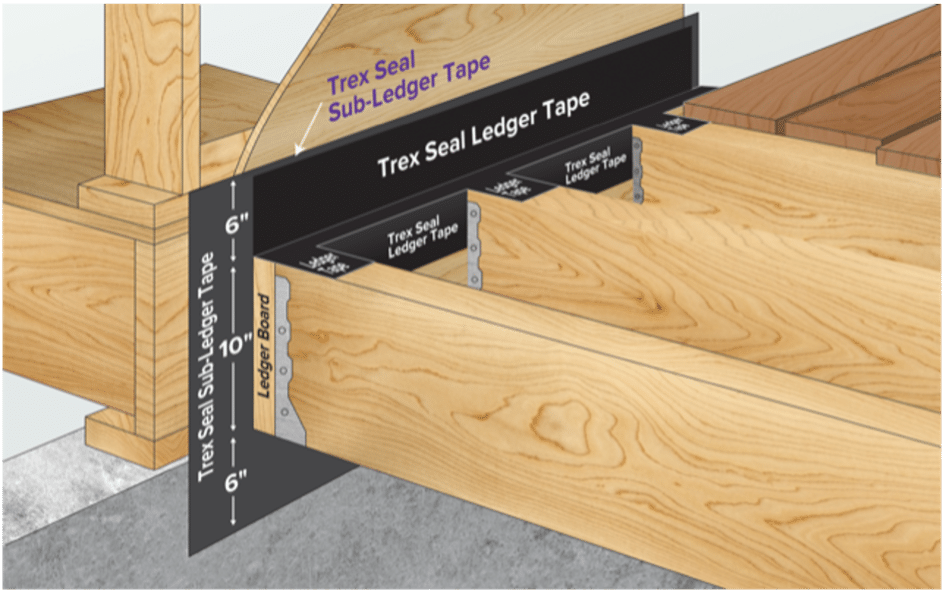Expert tips for protecting a substructure’s most vulnerable areas
Ask any contractor where a deck is most likely to fail and, chances are, they’ll point to the ledger board and deck framing. If not correctly installed and protected, these elements can lead to a deck’s downfall – both figuratively and literally. To better understand how to preserve a deck’s structural integrity and prevent potential problems, we tapped the expertise of some of the industry’s top professional deck builders.
Identifying the Issue
“Deck failure happens at the connection point to the home,” said Ed Pacylowski, owner of ProBuilt Construction, Inc. in Highland, Md. “Either decks are not connected properly or there is rot on the wood – most commonly caused by exposure to water over time.”
In almost every case, pros point to moisture as the primary source of deck framing failures. Easily one of wood’s worst enemies, moisture poses a serious threat not only to the frame itself, but also to other critical areas, such as the ledger board. When left exposed, water can seep into screw holes and sit on the wood causing it to rot and the screws to rust. Additionally, the natural expansion and contraction of wood can cause the framing, and the ledger board in particular, to weaken, split and deteriorate over time.
“The biggest cause of deck failure is moisture getting on or into lumber,” confirmed Scott Seal of Seal’s Decks and Outdoor Spaces in Lexington, KY. “And this is going to become a larger issue because of younger trees not having closer growth rings. Moisture will be able to penetrate even easier.”
A Simple Solution
In most instances, boards rot prematurely due to a lack of proper protection, which can easily be achieved with flashing. Applying flashing creates a barrier to prevent moisture from entering the house from the openings created when the ledger board is attached to a home.
When it comes to protecting the ledger board, there are two main approaches: metal flashing and flashing tape. The biggest advantages of metal are that it’s inexpensive and can be installed in any type of weather. It requires bending, which is time consuming, and can be dangerous to handle due to its sharp edges. Metal also requires nails or screws for installation, which creates opportunities for moisture penetration. While it diverts water away, it doesn’t seal water out. In fact, many municipalities no longer allow metal flashing because it is so prone to leaks.
Flashing tape is better for waterproofing. It creates a tight seal on boards and around hardware. Some tapes can be difficult to control due to their stickiness and, historically, have not come in an optimal size for ledger-specific applications. But these concerns have been addressed in a new set of products that combine the best performance features of both metal and tape flashing.
The award-winning Trex® Seal™ represents a new generation of waterproofing membrane. These aluminum-lined flashing tapes come in sizes to protect the entirety of the ledger board. An 11”-wide tape provides complete coverage of the ledger board face. It also seals any gaps between the ledger and the substructure. A 22” sub-ledger tape creates a continuous water-tight seal between the ledger and the housewrap to prevent water from infiltrating the house. Both products feature convenient release liners for easy and accurate application and are Code AAMA711 compliant.
“Trex Seal is designed specifically for deck installations,” noted Pacylowski. “Products come in the appropriate sizes for proper flashing of framing members and can be set in place without flexing back like other flashing tapes. We also use Trex® Protect Rim Tape around the perimeter of the deck between the treated wood and fascia trim to protect the frame from exposure to water that drips between the decking boards.”
Trex Seal tapes expand the Trex® portfolio of moisture protection products, which also includes Trex Protect Joist & Beam Tape, Trex Protect Rim Joist Tape and the Trex® RainEscape® deck drainage system. All five products are designed to prevent moisture penetration and premature deterioration of wooden substructures and can be used with any decking material.
For more information about deck ledger flashing, visit http://www.trexseal.com/.






